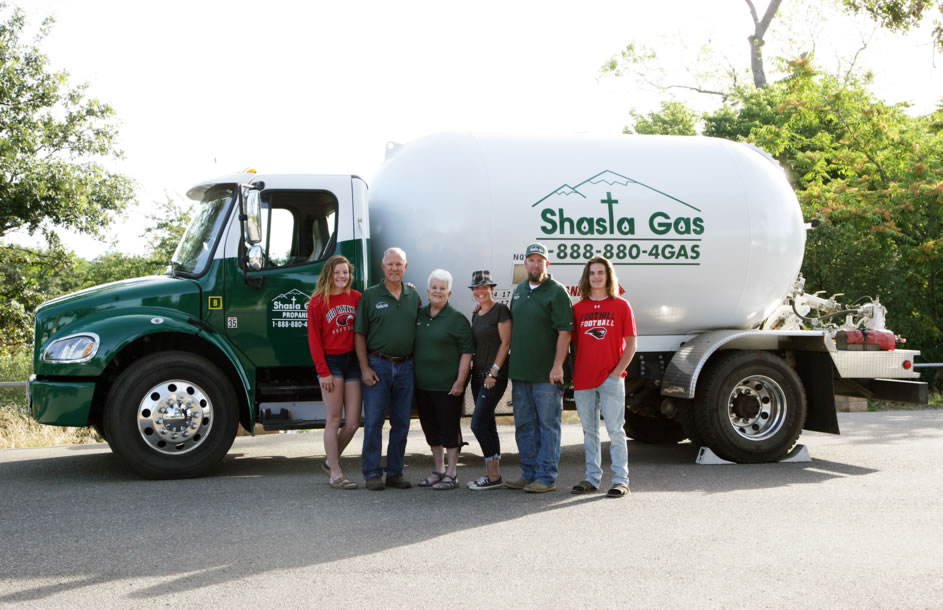| 3.1.1 Clearances.
Underground gas piping shall be installed with sufficient clearance from
any other underground structure to avoid contact therewith, to allow maintenance,
and to protect against damage from proximity to other structures. In addition,
underground plastic piping shall be installed with sufficient clearance,
or shall be insulated from any source of heat so as to prevent the heat
from impairing the serviceability of the pipe.
3.1.2 Protection Against Damage.
Means shall be provided to prevent excessive stressing of the piping where
there is heavy vehicular traffic, or soil conditions are unstable and
settling of piping or foundation walls could occur. Piping shall be buried
or covered in a manner so as to protect the piping from the physical damage.
Piping shall be protected from physical damage where it passes through
flower beds, shrub beds, and other such cultivated areas where such damage
is reasonably excepted.
(a) Cover requirements.
Underground piping systems shall be installed with at least 18 in. (46
cm) of cover. The cover shall be permitted to be reduced to 12 in. (30
cm) if external damage to the pipe is not likely to result. If a minimum
of 12 in (30 cm) of cover cannot be maintained, the pipe shall be installed
in conduit or bridged (shielded).
(b) Trenches.
The trench shall be graded so that the pipe has a firm, substantially
continuous bearing on the bottom of the trench.
(c) Backfilling.
Where flooding of the trench is done to consolidate the backfill, care
shall be exercised to see that the pipe is not floated from its bearing
on the trench bottom.
3.1.3 Protection Against Corrosion.
Gas piping in contact with earth or other material that could
corrode the piping shall be protected against corrosion in an approved
manner. When dissimilar metals are joined underground, an insulating coupling
or fitting shall be used. Piping shall not be laid in contact with cinders.
Uncoated threaded or socket welded joints shall not be used in piping
in contact with soil or where internal or external crevice corrosion is
known to occur.
3.1.4 Protection Against Freezing.
Where the formation of hydrates or ice is known to occur, piping
shall be protected against freezing.
NOTE: Shasta Gas Propane can be consulted for recommendations.
3.1.5 Piping Through Foundation Wall.
Underground piping, where installed below grade through the outer foundation
or basement wall of a building, shall be encased in a protective pipe.
The annular space between the gas piping and the sleeve shall be sealed
at the foundation or basement wall to prevent entry of gas or water.
3.1.6 Piping Underground Beneath Buildings.
Where the installation of gas piping underground beneath buildings
is unavoidable, the piping shall be encased in an approved conduit designed
to withstand the superimposed loads. The conduit shall extend into a normally
usable and accessible portion of the building and, at the point where
the conduit terminates in the building, the space between the conduit
and the gas piping shall be sealed to prevent the possible entrance of
any gas leakage. If the end sealing is of a type that will retain the
full pressure of the pipe, the conduit shall be designed for the same
pressure as the pipe. The conduit shall extend at least 4 in. (10 cm)
outside the building, be vented above grade to the outside, and be installed
so as to prevent the entrance of water and insects.
3.1.7 Plastic Pipe.
(a) Connection of Plastic Piping.
Plastic pipe shall be installed outside, underground only.
Exception No. 1: Plastic pipe shall be permitted to terminate aboveground
where an anodeless riser is used.
Exception No. 2: Plastic pipe shall be permitted to terminate with a wall
head adapter aboveground in buildings, including basements, where the
plastic pipe is inserted in a piping material permitted for use in buildings.
(b) Connection made outside and underground between metallic and
plastic piping shall be made only with Standard Specification for Thermoplastic
Gas Pressure Pipe, Tubing, and Fittings, ASTM D 251, Category I transition
fittings.
(c) An electrically continuous corrosion-resistant tracer wire (min.
AWG 14) or tape shall be buried with the plastic pipe to facilitate locating.
One end shall be brought aboveground at a building wall or riser. |
